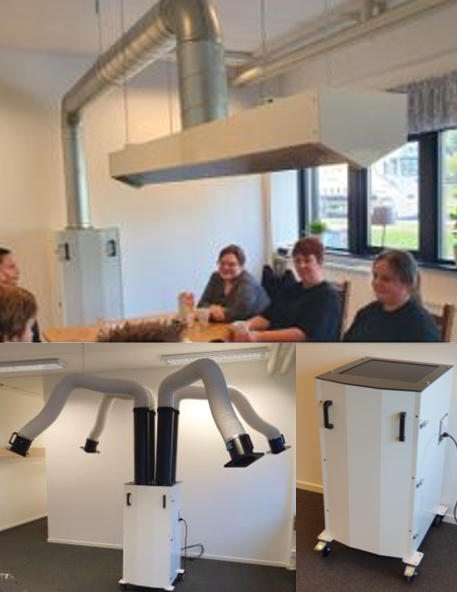
Browse our Catalogue
Do you need help choosing the right product for your application? Please email the details for your process to: sales@lev-co.com.Click on section title for more information. Don't forget to scroll down for more products and info!


















